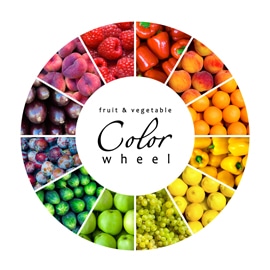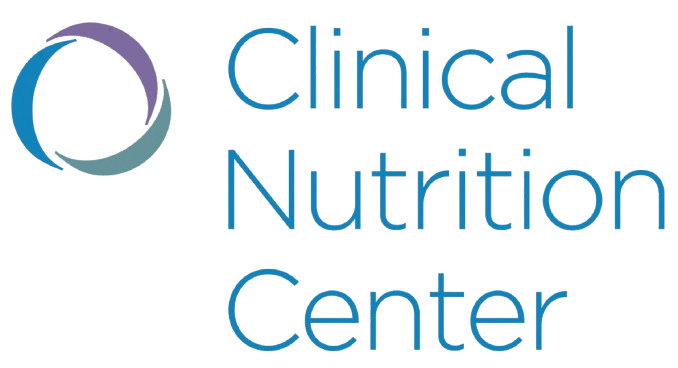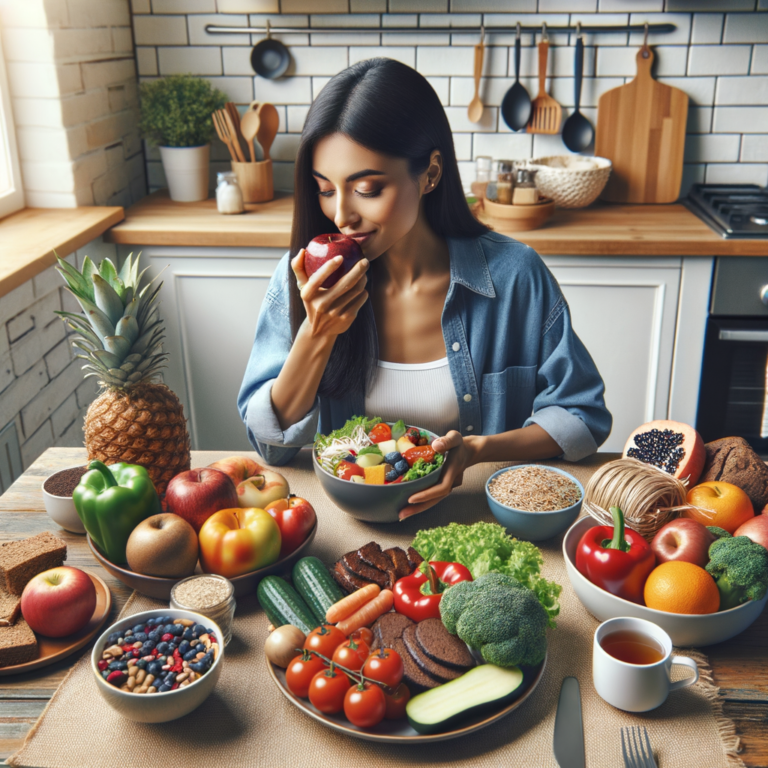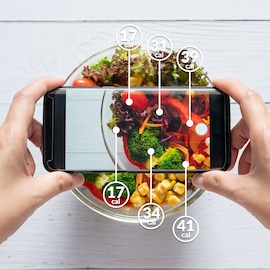
Coloring Your Picture Perfect Diet
As you transition back to regular food as part of your Denver weight loss program and try to find healthy food options, color may be the last thing you think about. Though the vibrant hues of many produce items may be what first draw your eye at the supermarket, we may not give the colors of our food much of a second thought once we’ve placed them in the shopping cart.
How to maximize nutrition with the colors of fruits and veggies
 As you transition back to regular food as part of your Denver weight loss program and try to find healthy food options, color may be the last thing you think about. Though the vibrant hues of many produce items may be what first draw your eye at the supermarket, we may not give the colors of our food much of a second thought once we’ve placed them in the shopping cart.
As you transition back to regular food as part of your Denver weight loss program and try to find healthy food options, color may be the last thing you think about. Though the vibrant hues of many produce items may be what first draw your eye at the supermarket, we may not give the colors of our food much of a second thought once we’ve placed them in the shopping cart.
However, color can be an indicator of the nutritional value that a food contains. Many fruits and veggies get their colors from natural pigments that also serve as important nutrients and antioxidants, making color an important factor to consider when balancing nutrition. Though eating Skittles may be dietary kryptonite for medical weight loss, it may still be wise to “taste the rainbow”—just make sure that your rainbow is made of colorful and healthy foods like the ones below.
Orange & Yellow
The sunny colors of these fruits and veggies typically come from plant pigments called carotenoids, which improve your immune system and reduce your risk of heart disease and cancer. Orange foods like pumpkins, carrots and sweet potatoes contain a carotenoid called beta-carotene that your body naturally converts to vitamin A, making them among the best foods for maintaining the health of your eyes and skin.
Orange group standout: The Cantaloupe. The rough skin of these melons may not seem like much from the outside, but their orange flesh is full of flavor and nutrition. With more beta-carotene than any other fruit, 100 percent of your daily vitamin C and as much potassium in one cup as a medium-sized banana, cantaloupe is a great choice, especially as a refreshing summer snack.
Red & Pink
Tomatoes, watermelon and pink grapefruit get their color from lycopene, a carotenoid with powerful antioxidant properties. Foods that contain this pigment are known to reduce the risk of many kinds of cancer, particularly prostate cancer, while also fighting off cardiovascular disease and macular (eyesight) degeneration. Other foods in this group, like strawberries, raspberries and rep grapes, are colored by anthocyanins—antioxidants that keep our hearts healthy and protect our cells from damage.
Red group standout: Raspberries. These small, unassuming fruits pack a serious nutritional wallop, with lots of vitamin C, manganese, fiber and vitamin K. They have unusually high antioxidant content, with 50 percent more than strawberries and ten times more than tomatoes. They also contain a group of compounds called ellagitannins, which can be found in few other places than the raspberry and have been reported to be useful for fighting cancer.
Green
These fruits and veggies are colored by one pigment you may have heard of: chlorophyll, the substance that allows plants to perform photosynthesis and convert sunlight into energy. Many of these plants, particularly dark greens, also contain lutein, a carotenoid that plays a part in eye health and reducing the risk of cancer, type 2 diabetes and heart disease. They also tend to have a lot of folate, an important B vitamin.
Green group standout: Spinach. Few foods are as healthy as the humble spinach leaf. Like other members of the chenopod family (beets, chard, quinoa), spinach has shown a number of health benefits that other foods do not provide, with a nutritional value that makes it a standout in any category. Just one cup of spinach will provide over 1000 percent your daily value of vitamin K, 377 percent of your daily vitamin A and tons of manganese, folate, magnesium, potassium, iron, vitamin C, vitamin B2, calcium, fiber—the list goes on and on.
These three colors are among the most important for nutrition, but they aren’t the only ones. Blue, purple and white fruits and veggies can also have many benefits for your health, so be sure to get a wide variety of colorful foods to get the most balanced nutrition possible.




